As of April 1, Making Stories is closed. Thank you for your support all these years!
As of April 1, Making Stories is closed. Thank you for your support all these years!
Spinning Fiber
Notions & Gifts
Books, Magazines & Patterns
About Us
We're here to help you stitch sustainability into every aspect of your making.
With our carefully curated selection of non-superwash, plastic-free yarns and notions, we have everything you need to get started on your next project - and the one after that.
Here's to a wardrobe of knits we love and want to wear for years to come!
We're here to help you stitch sustainability into every aspect of your making.
With our carefully curated selection of non-superwash, plastic-free yarns and notions, we have everything you need to get started on your next project - and the one after that.
Here's to a wardrobe of knits we love and want to wear for years to come!
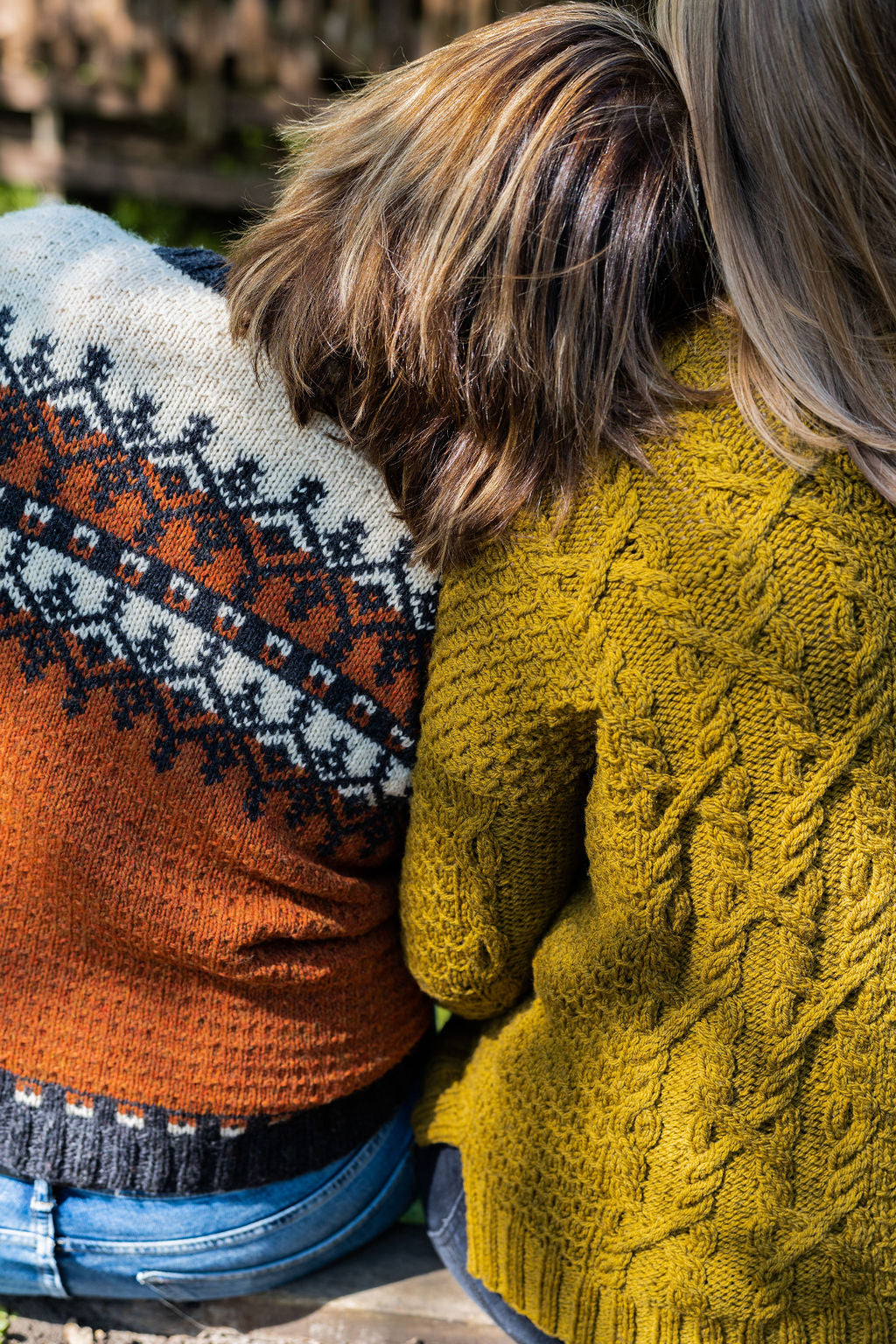
Our Sustainability Pledge
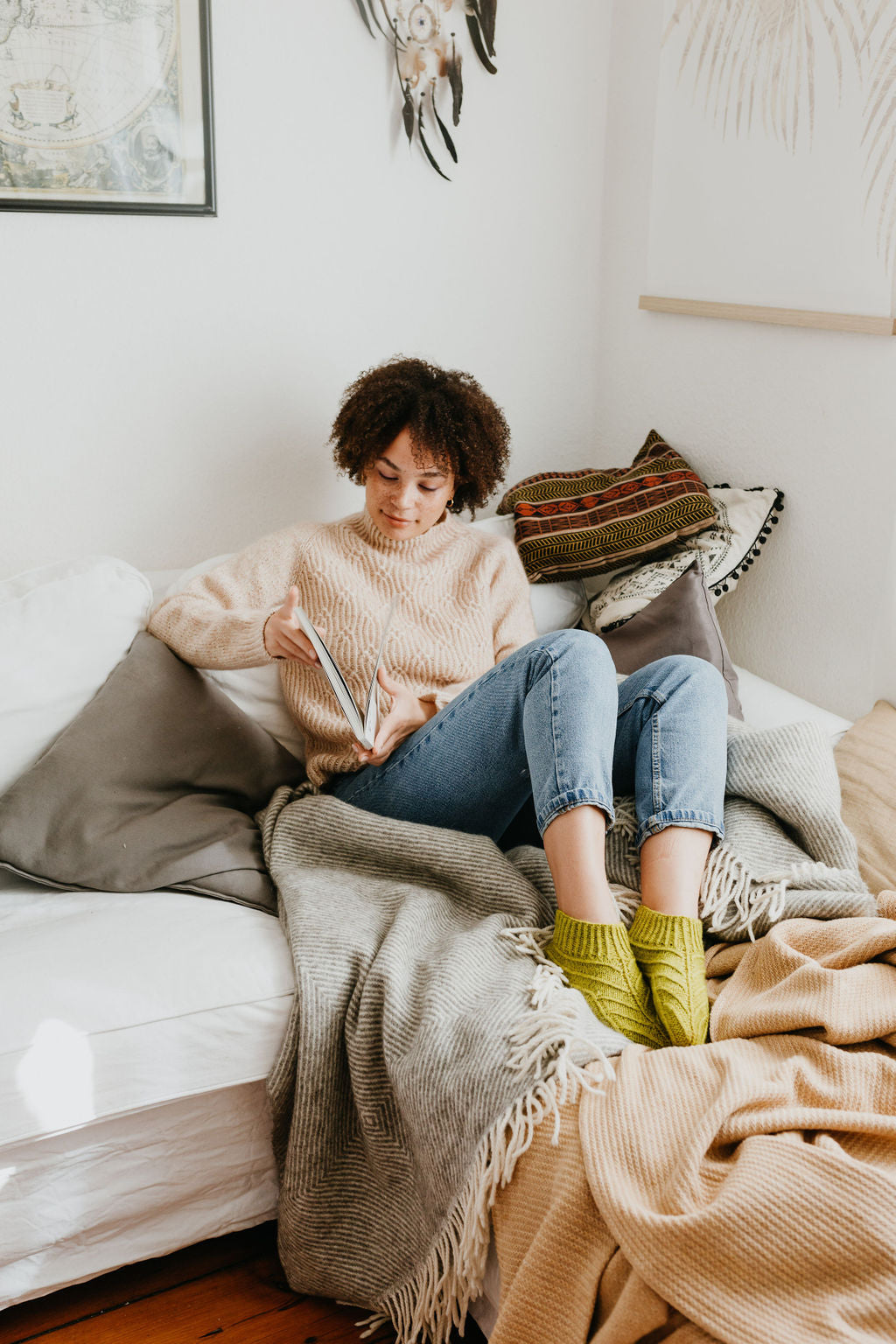
Our Blog
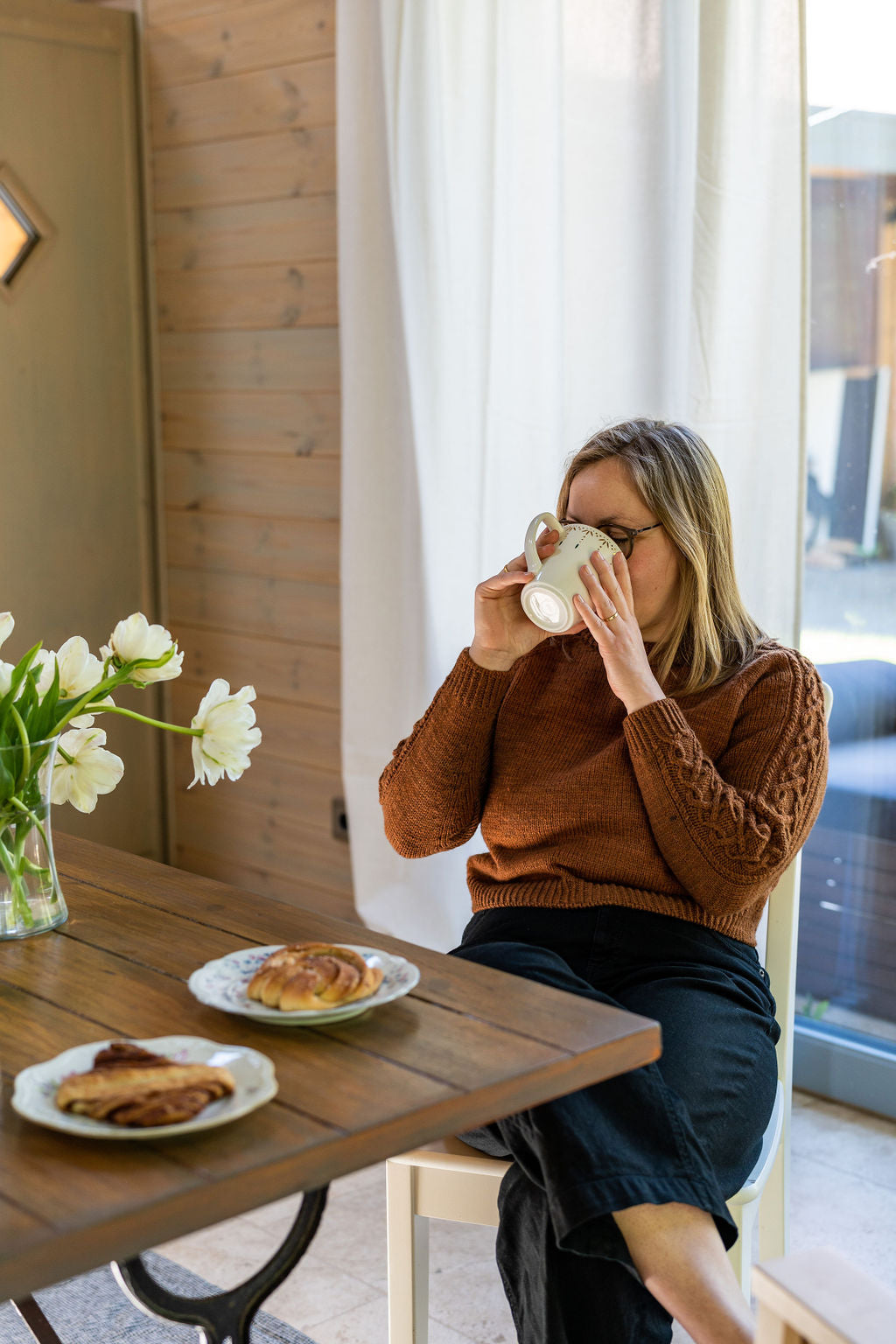
Our Podcast
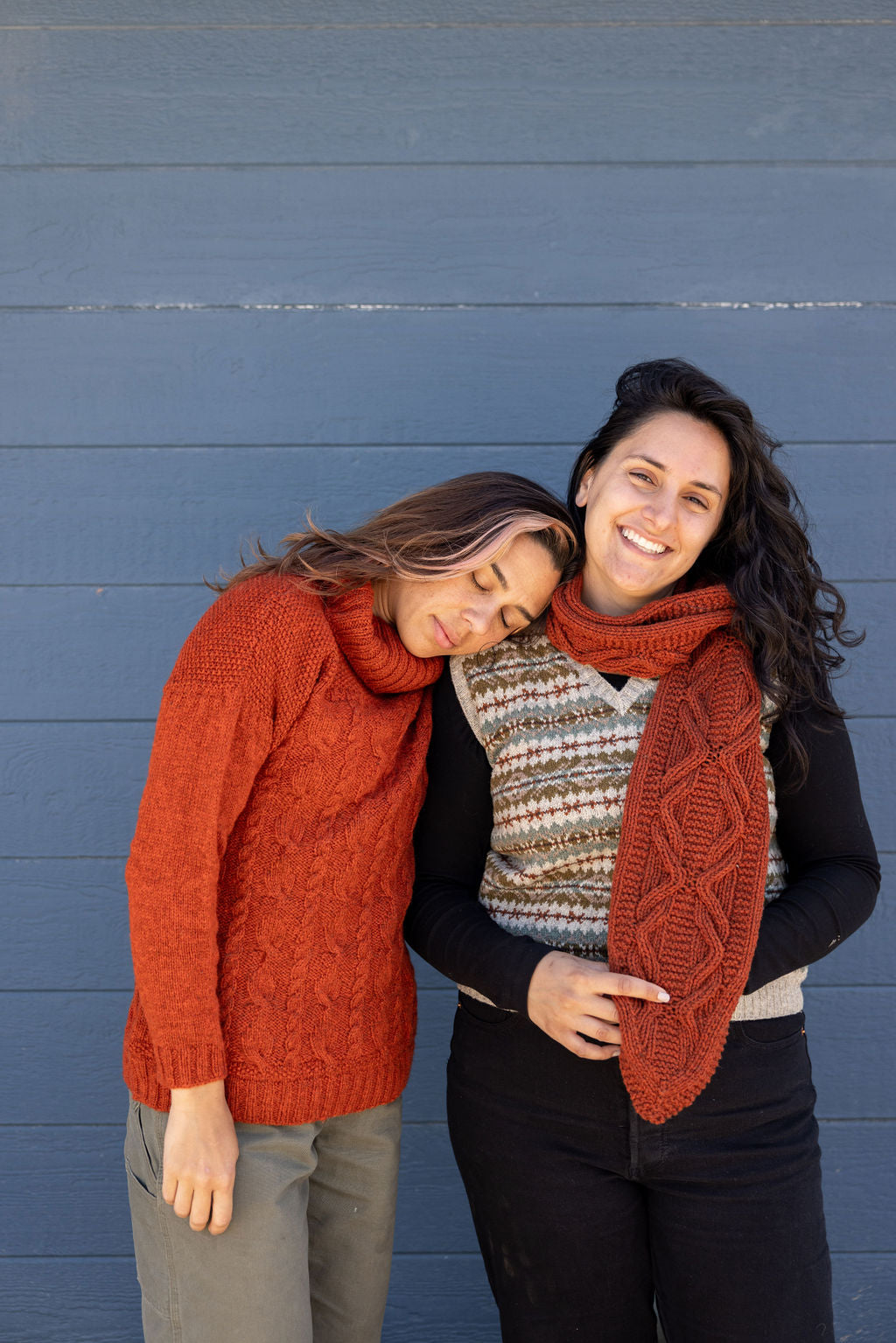
The Making Stories Collective
Natural Dyeing & Sustainability - An Expert Interview with Julia Hasenbank of woollentwine
November 25, 2020 7 min read 1 Comment

After our gentle introduction into acid and natural dyeing, I'm so thrilled to share our first expert interview on dyeing and sustainability on the blog with you today! Our first foray into the intricacies of different dyeing methods and how sustainable they are leads us to Northern Germany, into the dye studio of Jule from woollentwine. Jule focuses on natural dyeing and has designed her dyeing process very carefully to make it as sustainable as possible, which made her the perfect partner for this deep dive!
Without further ado -

Welcome to the Making Stories blog, Jule! I'm so excited to have you! Can you tell us a little bit more about what it is that you do at woollentwine?
Thank you so much for having me! I'm the founder of woollentwine fibrestudio, a small natural dyeing studio in the North of Germany. We dye fairly produced, plastic free, non-superwash yarns with natural dyes, while clearly focusing on a sustainable process, high quality materials and fair circumstances in all parts of the production process. Nature and the sustainable use of its resources is what drives me and also inspires new colourways. We recently launched our first limited edition yarn, which also marks the beginning of local yarn production as part of our work.
I'd love to start our deep dive into natural dyeing and sustainability with a short overview on what natural dyeing actually is. Can you explain how you would define 'natural dyeing' and walk us through the different process steps of it?
First of all, I might have to say that there is not 'the one and only way' to do natural dyeing. The process is determined by individual preferences and beliefs, so I basically see natural dyeing as all kinds of processes that involve using pigments that are derived from nature, rather than being 'chemically designed'. So natural dyeing for me includes all kinds of colour from barks, leaves, flowers, insects and many other materials that can even partly be found in your own surroundings - including kitchen waste!
Explaining the steps in depth would mean I'd have to write a book, but I will try to guide you through the necessary work that needs to be done to naturally dye wool or fabric.
First of all, there is scouring the yarn. This is a process where parts of the oils from the spinning process are removed, so the colour can really penetrate the fibres. It is basically 'cleaning' the yarn prior to dyeing and it can be done with or without heat being applied.
Next up, the yarn has to be mordanted. Natural dyes don't naturally bind to the fibres like some man-made dyes do. Therefore, a binding agent needs to be applied to the fibre. This step is called mordanting and again, can be done in several different ways, but most of the time includes the yarn being soaked and heated in a large amount of water and mordanting solution. If the yarn is dyed right away, the mordant also needs to be rinsed to avoid colour pooling.
Another necessary step before the yarn can be dyed is the preparation of the dyebath. Whether one is using fresh, dried or extracted dyestuff, this can take between an hour to several days. Some natural colours are very sensitive to heat and need to be coaxed out of the dyestuff in a slow and gentle way.
Once your dye and the fibres are prepared, it is time to dye! The fibre is added to the dyebath, gently heated and then simmered for about an hour. Once that time is over, the yarn needs to cool and be rinsed.
As you can see from the length of the text, natural dyeing is a long process that involves many different steps, which is why patience is definitely required. Especially when working with non-superwash yarns, because they easily felt when the temperature of the water changes too quickly, so heating and cooling down must definitely not be rushed. But the slowness is also what I love about the process - being able to enjoy every step and remind ourselves what lovely materials nature provides us with.

How would you describe the relationship between these different steps - and natural dyeing in general - and sustainability?

What is funny about this process is that the actual dyeing is the smallest part of it! Most of the time and effort that goes into a naturally dyed skein of yarn is consumed by preparation and finishing of the yarn. It takes me several days to have a mordanted, ready to dye skein and it can take up to the same amount of time to prepare the dye as well. The dyeing itself only takes a few hours, so speaking of a relationship of the steps, I would say the actual dyeing is the least labour intensive. Also, the preparation steps take up most of the resources when we are talking about water and electricity-usage, so long story short: The dyeing process is the grand finale of day-long preparation work.

Two aspects I've come across over and over again when I did my research on natural and acid dyeing were water and energy consumption. From my understanding, natural dyeing often requires a lot of water and electricity for the dyeing process - is that correct? If yes, could you dive a little deeper into why that is and how that relates to sustainability?
You assumed absolutely right. I don't see myself as an expert in acid dyeing, but from what I know about the process, it only requires one fairly quick heating of the dye baths to bind the colour to the yarn or fabric with the help of an acid as a binding agent. This is not the case with natural dyeing.
As mentioned before, the process involves several steps that require more time and also resources - especially when it comes to water and energy. For me personally, it is important to stress this fact, because I feel like there sometimes is the misconception about natural dyeing being a sustainable and super eco-friendly alternative to synthetic dyes, because it has the word 'natural' in it that might mislead. But it is not that glamorous and requires a lot of knowledge about the process to make it a sustainable way of dyeing.
It also uses chemicals - which happen to exist naturally - but I want to mention that just because natural dyeing sounds like the least harmful colouring process for the environment, it is not necessarily that and a lot of work needs to be done to create a sustainable dyeing process. I personally researched for months before launching my brand, just so I was able to make sure my process is as sustainable as possible from sourcing to dyeing to even disposing the dye baths. Because I clearly focus on sustainability, it was quite a hard time and I even thought about omitting the natural dyes and switching to acid dyes, if I should not be able to optimize the process in a way that I was happy with. But by reusing dye baths, minimizing my water usage and choosing materials and a setup that would allow me to use less energy, I was able to reduce waste and usage of resources to a level that made me feel comfortable with what I do and calling it sustainable. This way of thinking determines every step of my work and I'm happy I finally found peace with my use of resources in my dyeing process.

I'd also love to talk about the dye stuffs that can be used in natural dyeing. I imagine that how and where you source them - be they plants or extracts or minerals - can make a huge difference when it comes to the sustainability of the dyeing practice. Would you be able to share a bit more about sustainable sourcing of dye / dye stuffs?
Sure, the sourcing of the dyestuff contributes a lot to the sustainability of the dyeing process too. Luckily, many dye plants grow locally here in Europe and can even be grown in your own garden! Marigolds, dyers chamomile and madder for example can be grown almost everywhere in Europe and there are suppliers who use locally grown materials for their dyes too. Actually, beautiful colourways can even be created with kitchen waste like onion skins or from locally gathered bark, leaves or fruit. For example, stinging nettle and acorns are great to dye with and widely available in many regions. There is no need to import dyestuff from across the globe to achieve a wide variety of stunning colours! But of course, to get the full spectrum natural colours can theoretically give, some dyes might need to be imported from other countries. I personally try to limit myself and use only very small amounts of these dyes, while mainly focusing on locally available materials.
Moving into practical territory: What are some of the tips you'd give a fellow natural dyer to make their practice as sustainable as it can be that they might not have yet heard of?
It might not be a new technique no one has ever heard of, but I find it very helpful to not rush things and always let the yarn dry between the steps. This way, it is not necessary to rinse the mordanted yarn and I also feel like the dye adheres to the fibres better, meaning that more water can be saved, because there is not as much rinsing required after the final dyeing either. And generally, re-using materials and water, which for me makes the biggest impact. For example, I only use glass jars from my kitchen. Finally, I can only recommend to research well and not just dive into it, if sustainability is something you care about. Unfortunately, natural dyeing can be way less glamorous and romantic than it seems to be on Social Media sometimes.
Where can our readers find more about you and your work?
My website is www.woollentwine.com and this is also where you can shop our yarn. Also, I'm most active on Instagram where you can find me as @woollentwine. Additionally, I am working on a new little project where I can talk more about my process and yarn, so stay tuned for more visual content from our studio very soon!
Thank you so much for sharing your knowledge and insights, Jule! I can't wait to see more of this little project you mentioned - and to finally get some of your yarn in my hands at some point in time!
1 Response
Leave a comment
Comments will be approved before showing up.
Also in Blog
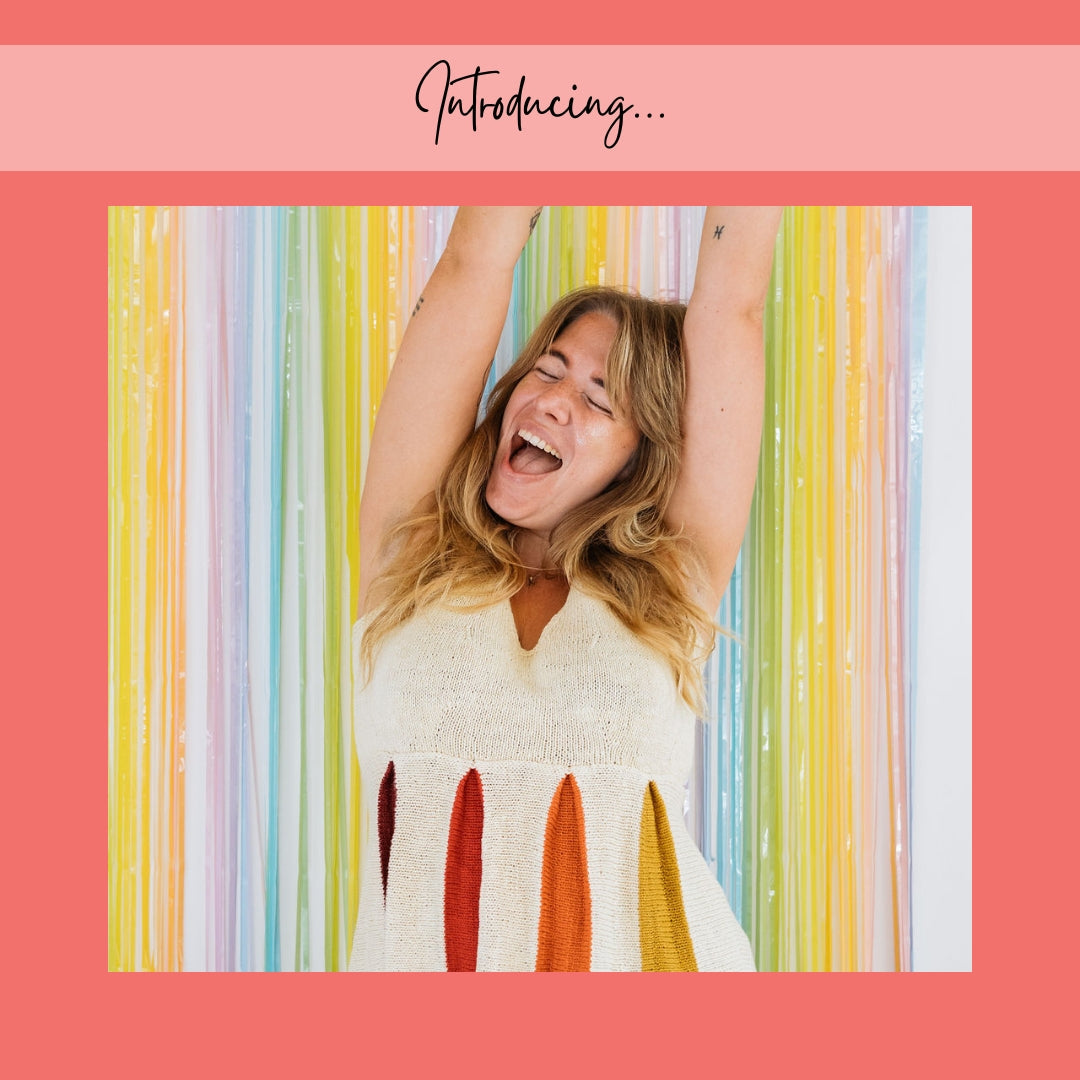
Issue 13 – Confetti & Rainbows | Official Pattern Preview
February 12, 2025 13 min read
Hi lovelies! The sun is out here in Berlin, and what better day to talk about one of the most joyful issues we've ever done than a brilliant sunny winter day – meet Issue 13, Confetti & Rainbows!
In Issue 13 – our Spring 2025 Issue – we want to play! Confetti and rainbows, unusually and unconventionally interpreted in 12 new knitwear designs – a journey through color, shapes, texture and materials.
Confetti made out of dried flowers, collected over months from bouquets and the road side. Sparkly rainbows, light reflecting. Gentle textures and shapes, echoing the different forms confetti can take. An unexpected rainbow around the corner, on a brick wall, painted in broad strokes.
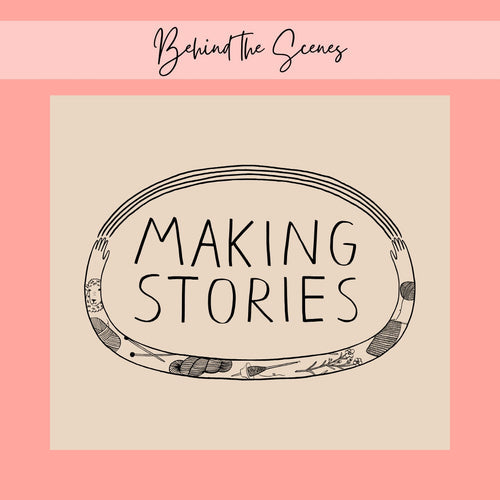
New Look, Same Heart: The Story Behind Our Delightful Rebrand
January 16, 2025 4 min read 1 Comment
Hi lovelies! I am back today with a wonderful behind-the-scenes interview with Caroline Frett, a super talented illustrator from Berlin, who is the heart and and hands behind the new look we've been sporting for a little while.
Caro also has a shop for her delightfully cheeky and (sometimes brutally) honest T-Shirts, postcards, and mugs. (I am particularly fond of this T-Shirt and this postcard!)
I am so excited Caro agreed to an interview to share her thoughts and work process, and what she especially loves about our rebrand!
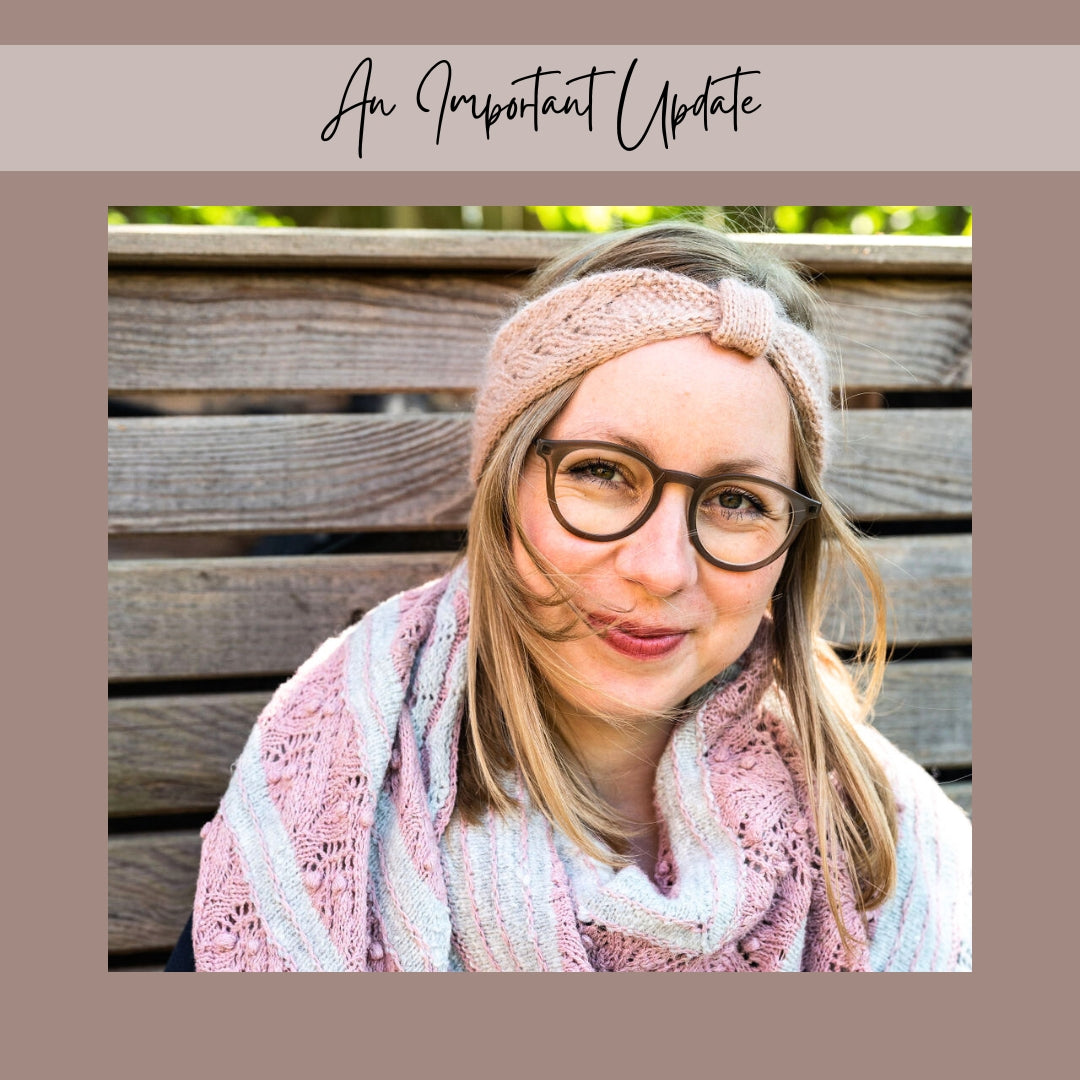
Thoughts on closing down a knitting magazine
November 19, 2024 12 min read 1 Comment
Who Is Making Stories?
We're a delightfully tiny team dedicated to all things sustainability in knitting. With our online shop filled with responsibly produced yarns, notions and patterns we're here to help you create a wardrobe filled with knits you'll love and wear for years to come.
Are you part of the flock yet?
Sign up to our weekly newsletter to get the latest yarn news and pattern inspiration!

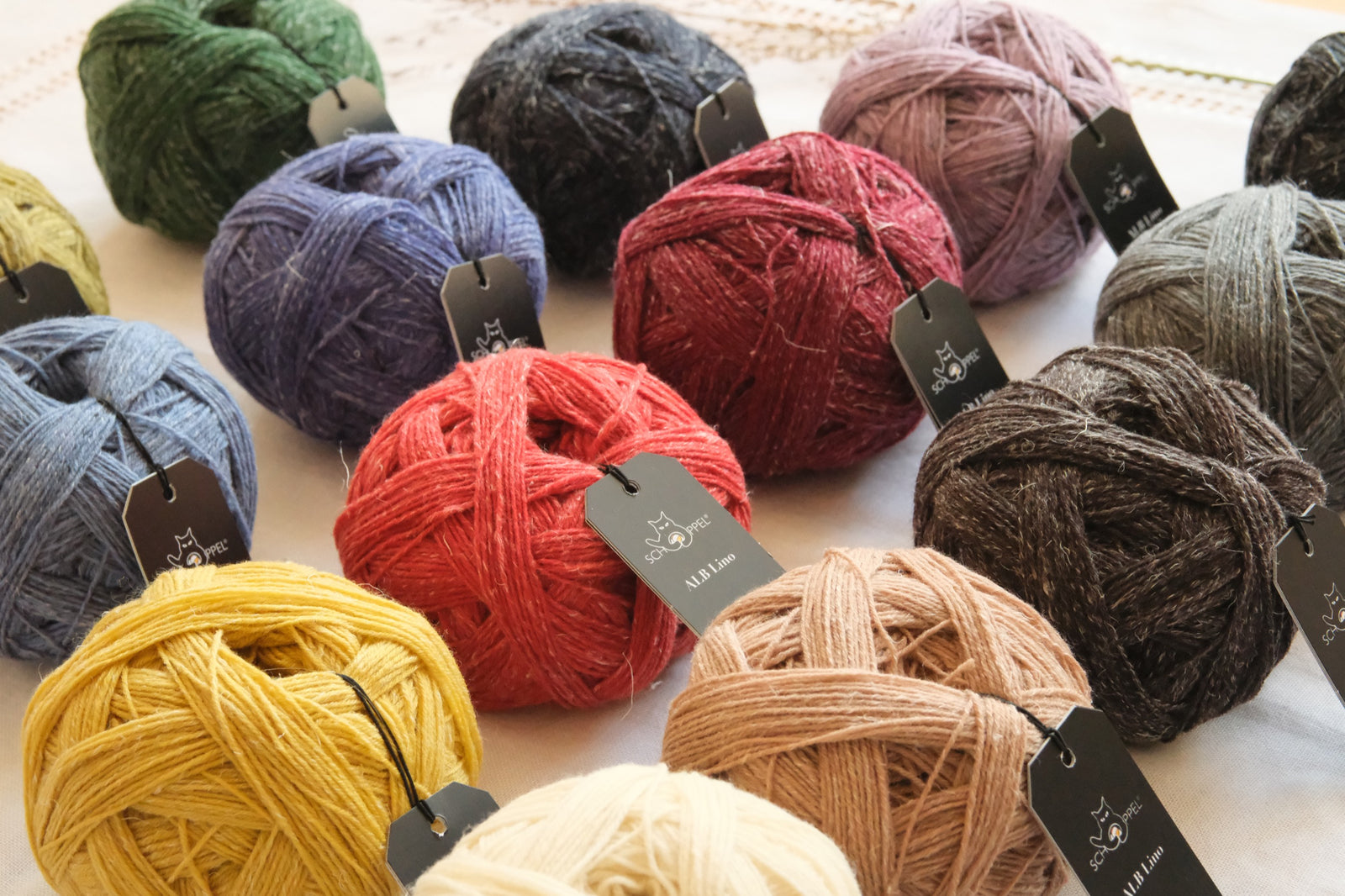
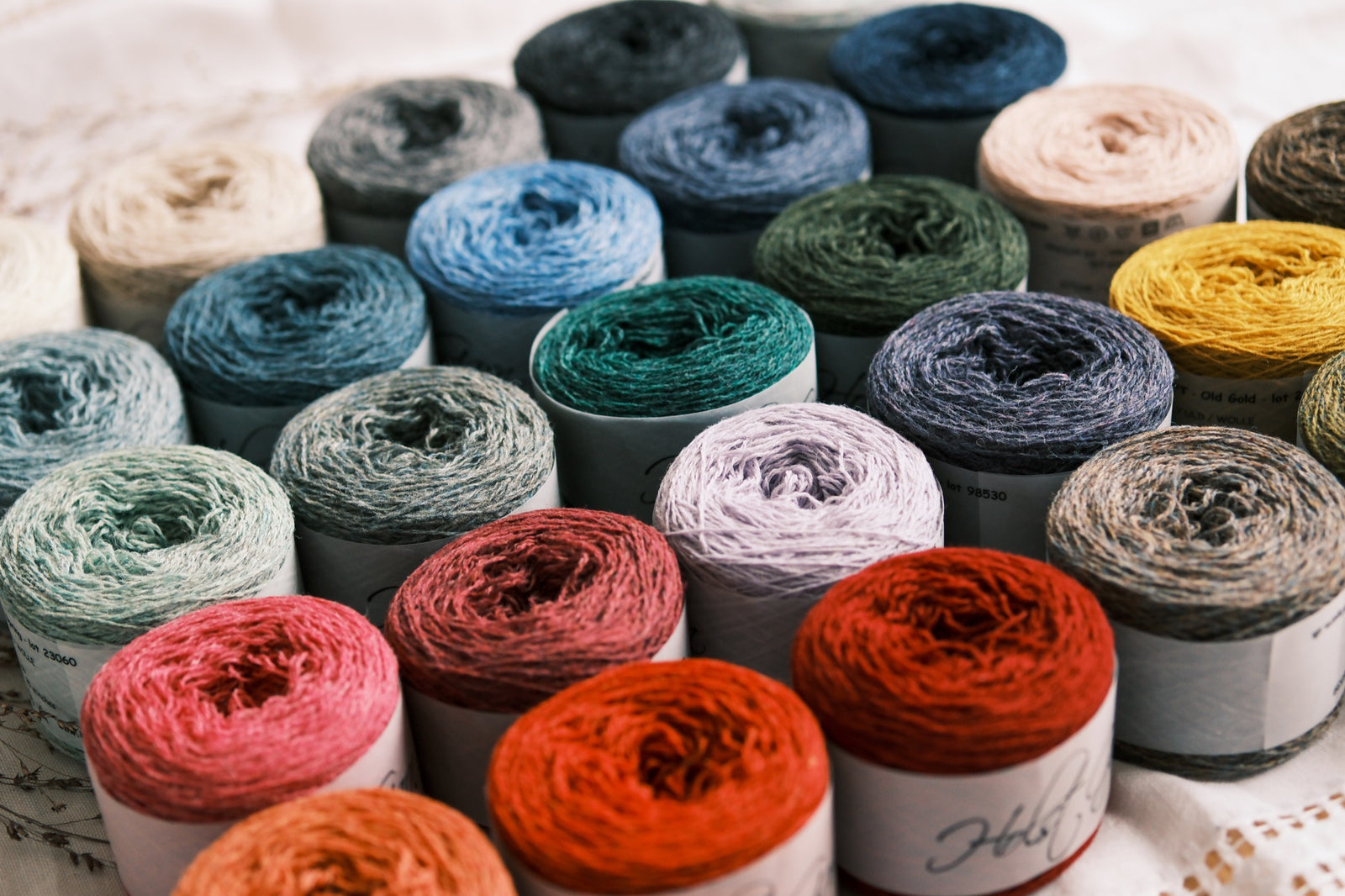

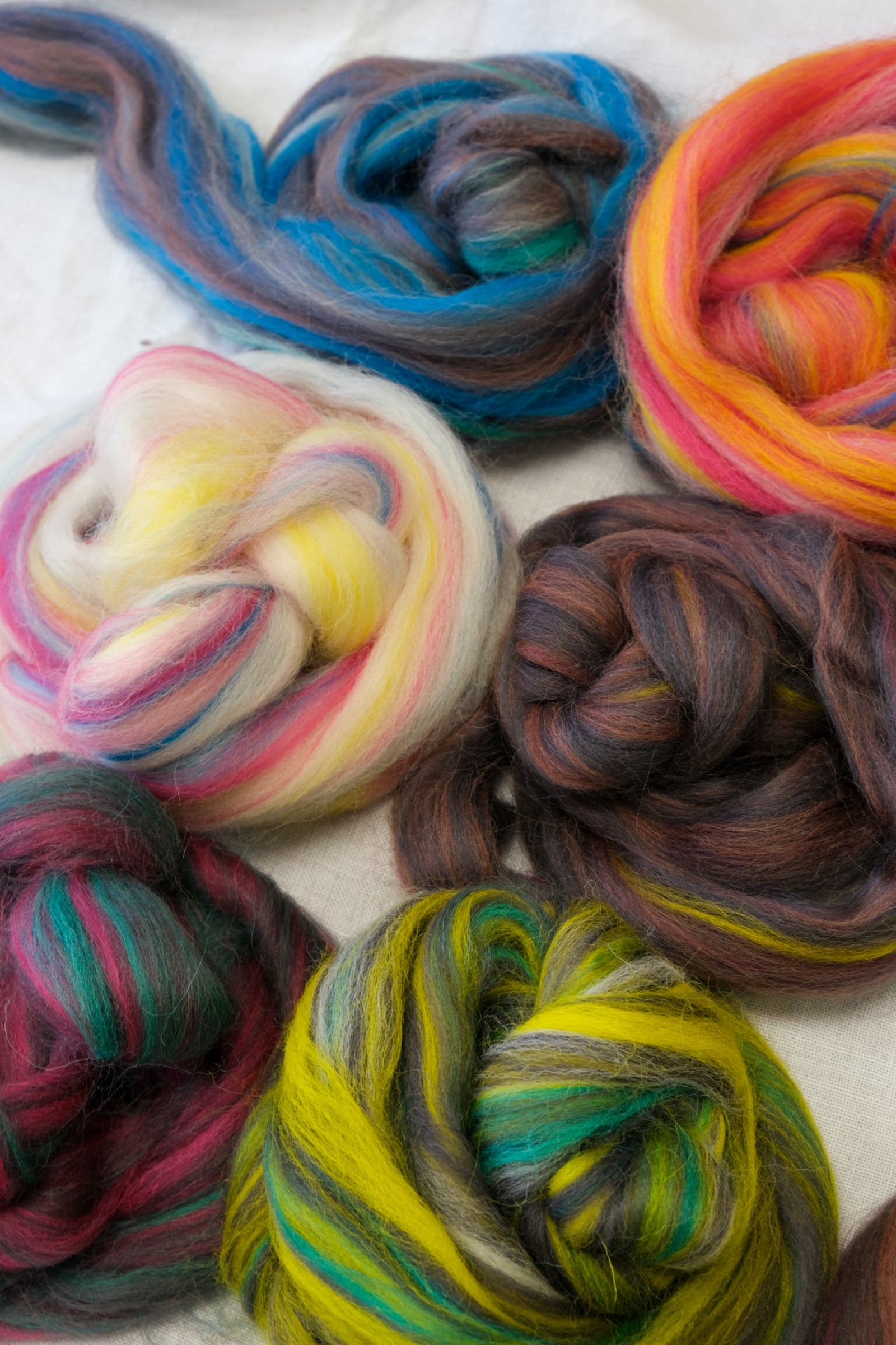
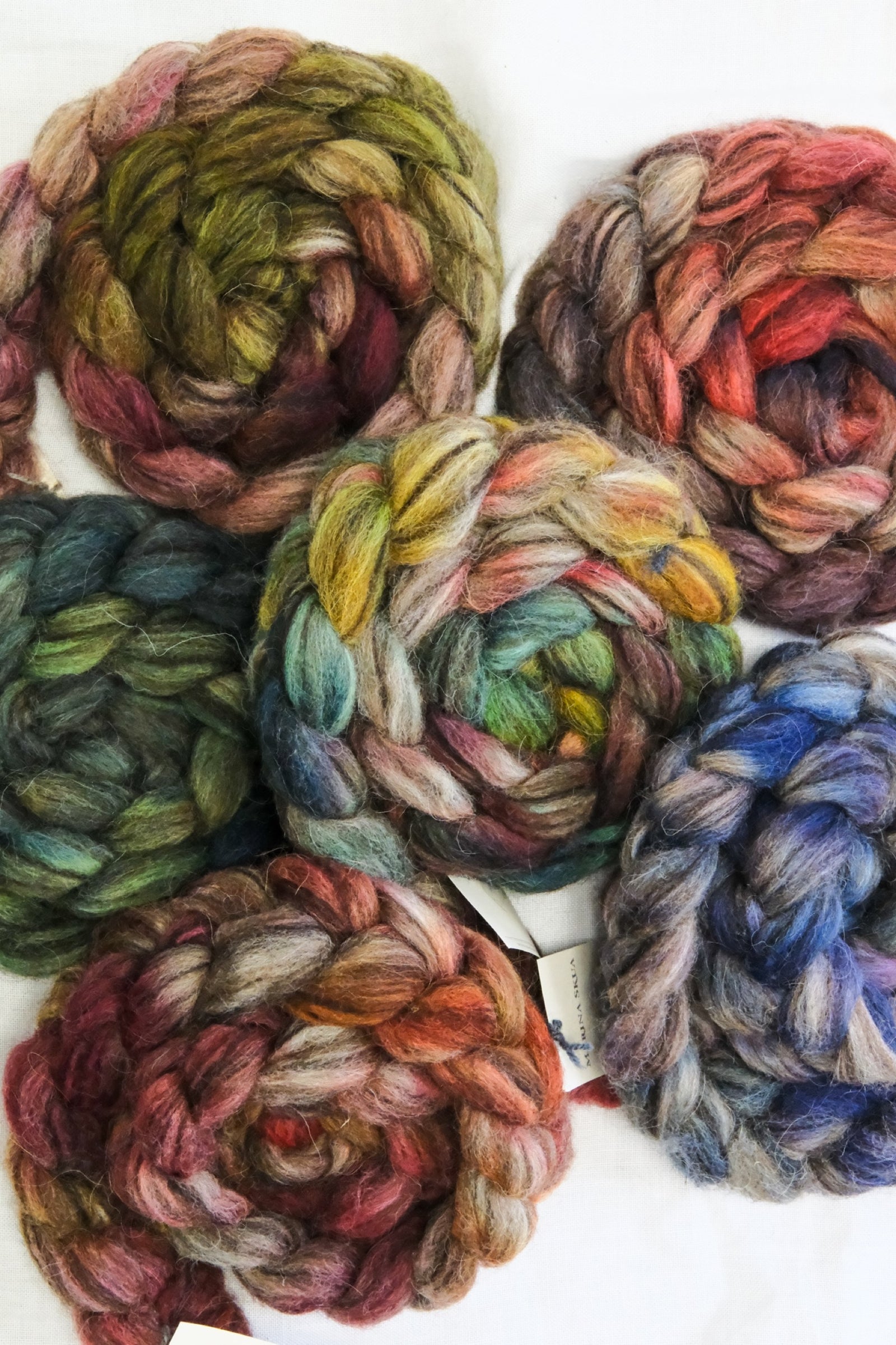
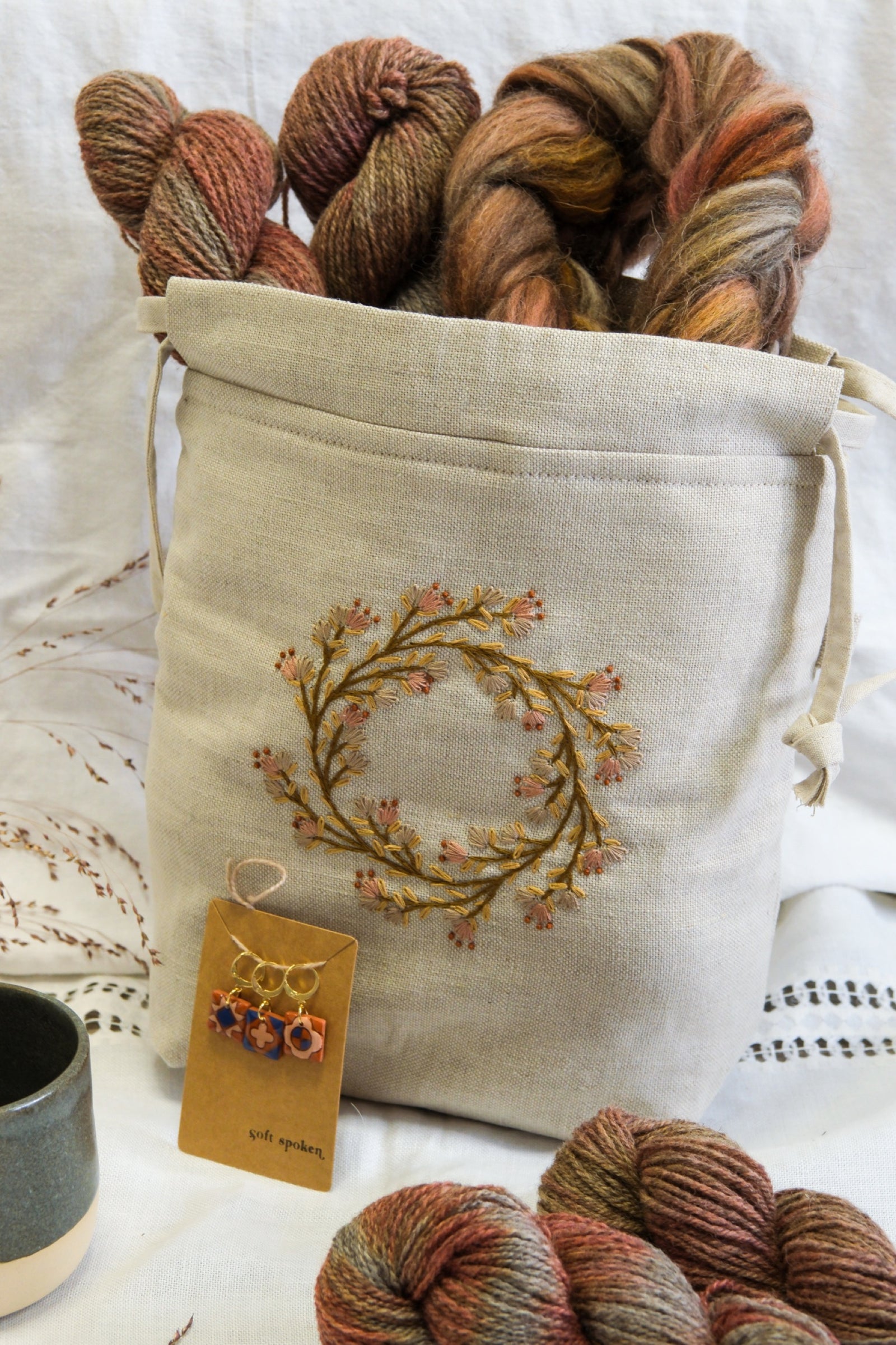

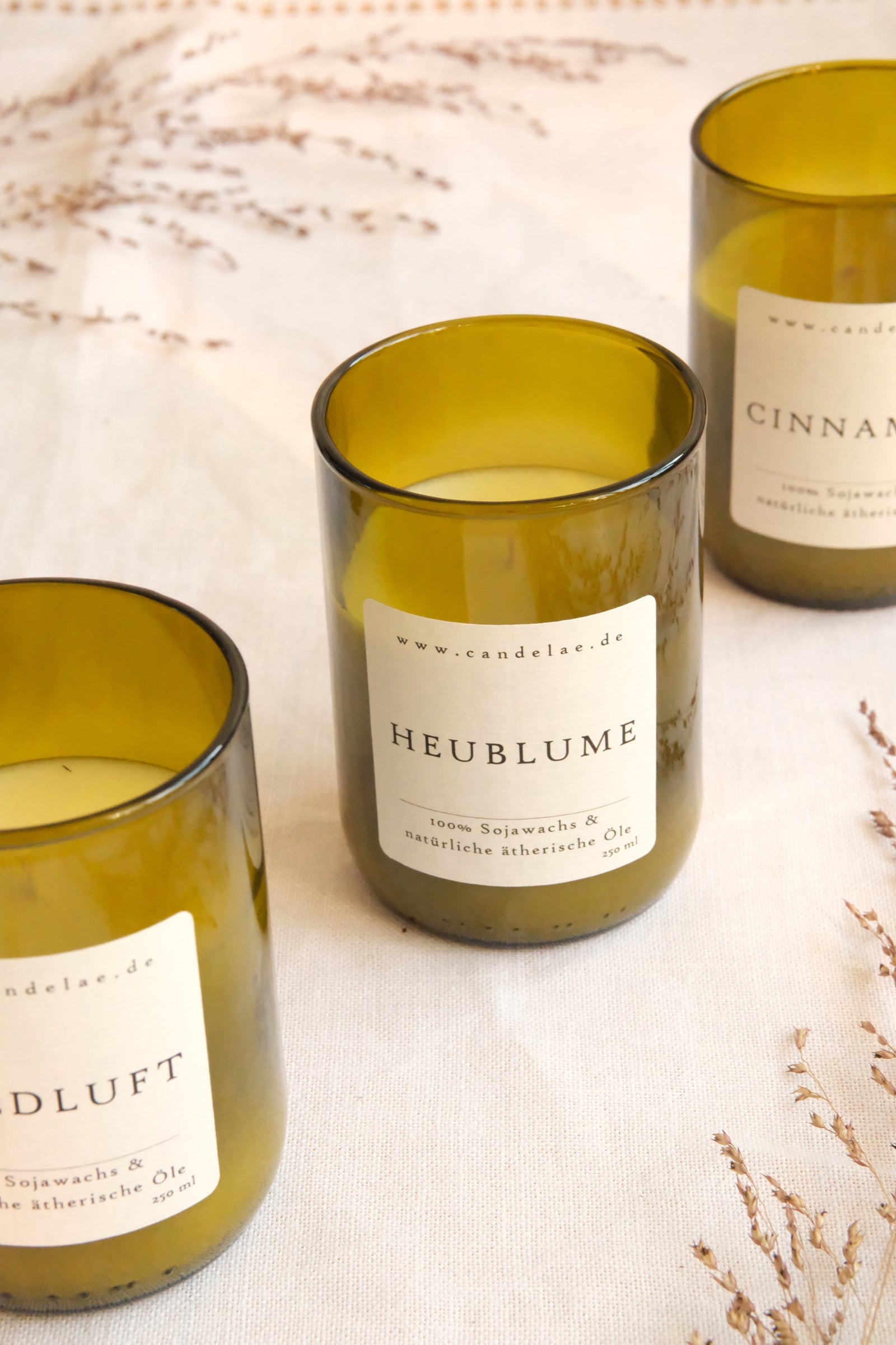

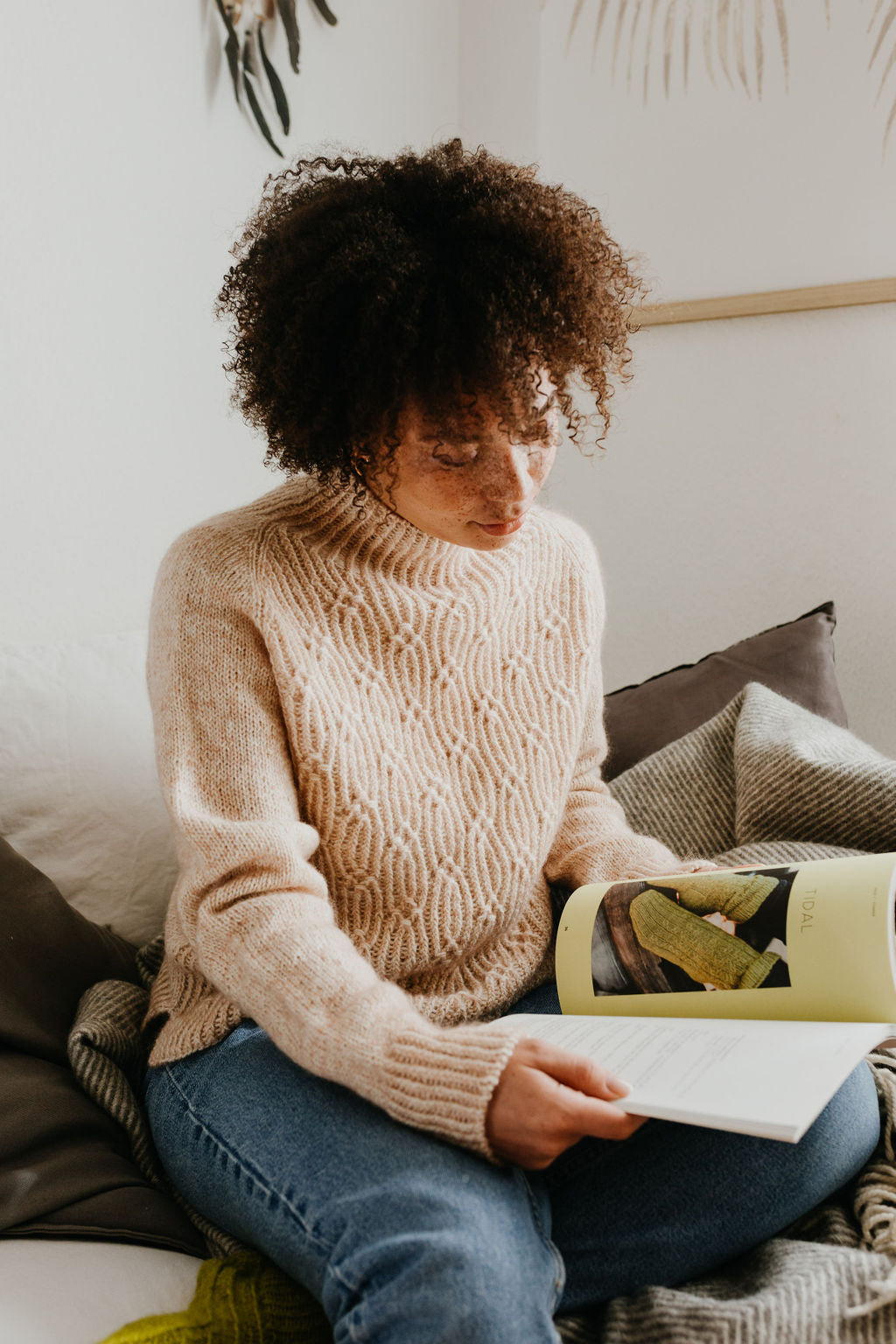
shweta
March 12, 2022
Amazin blog you have written and nicely explained too.
http://www.jagson.com/